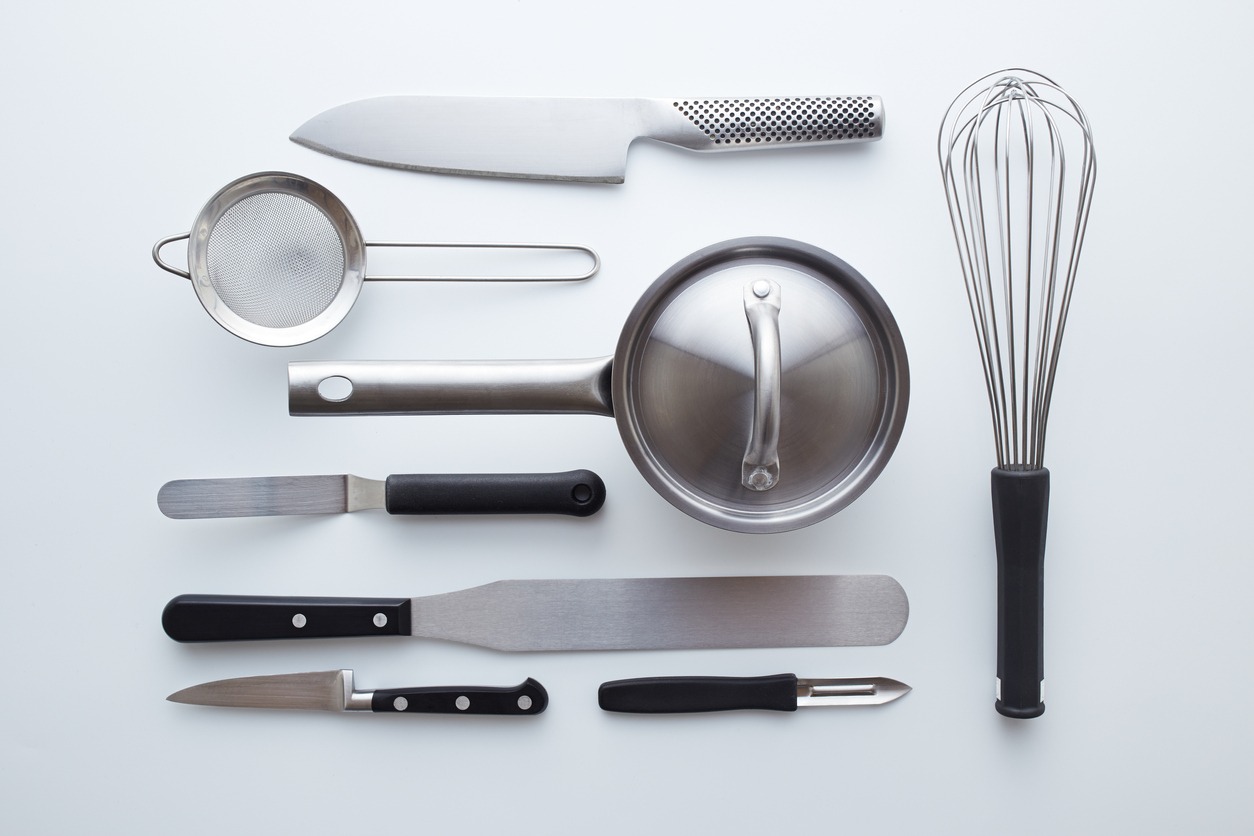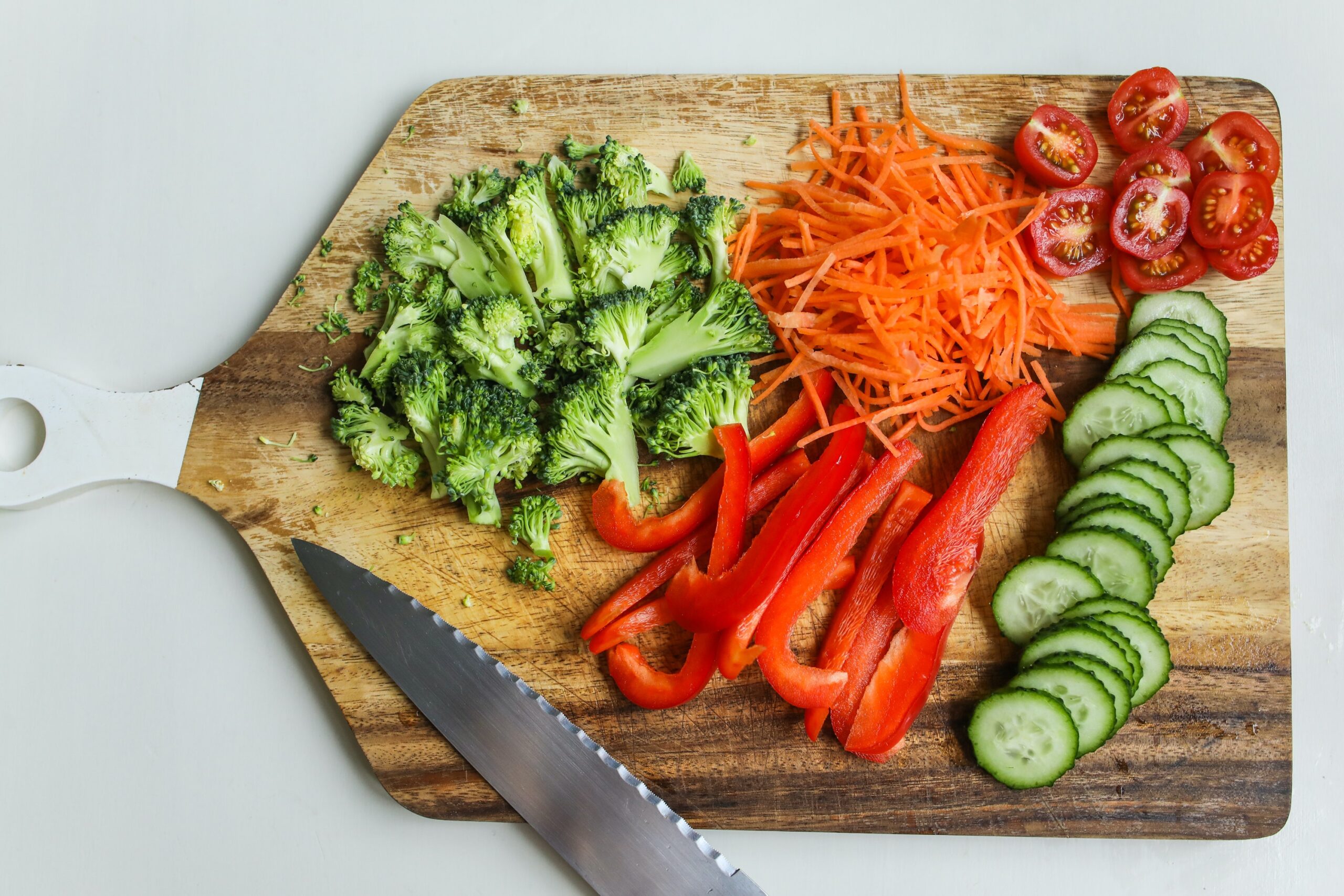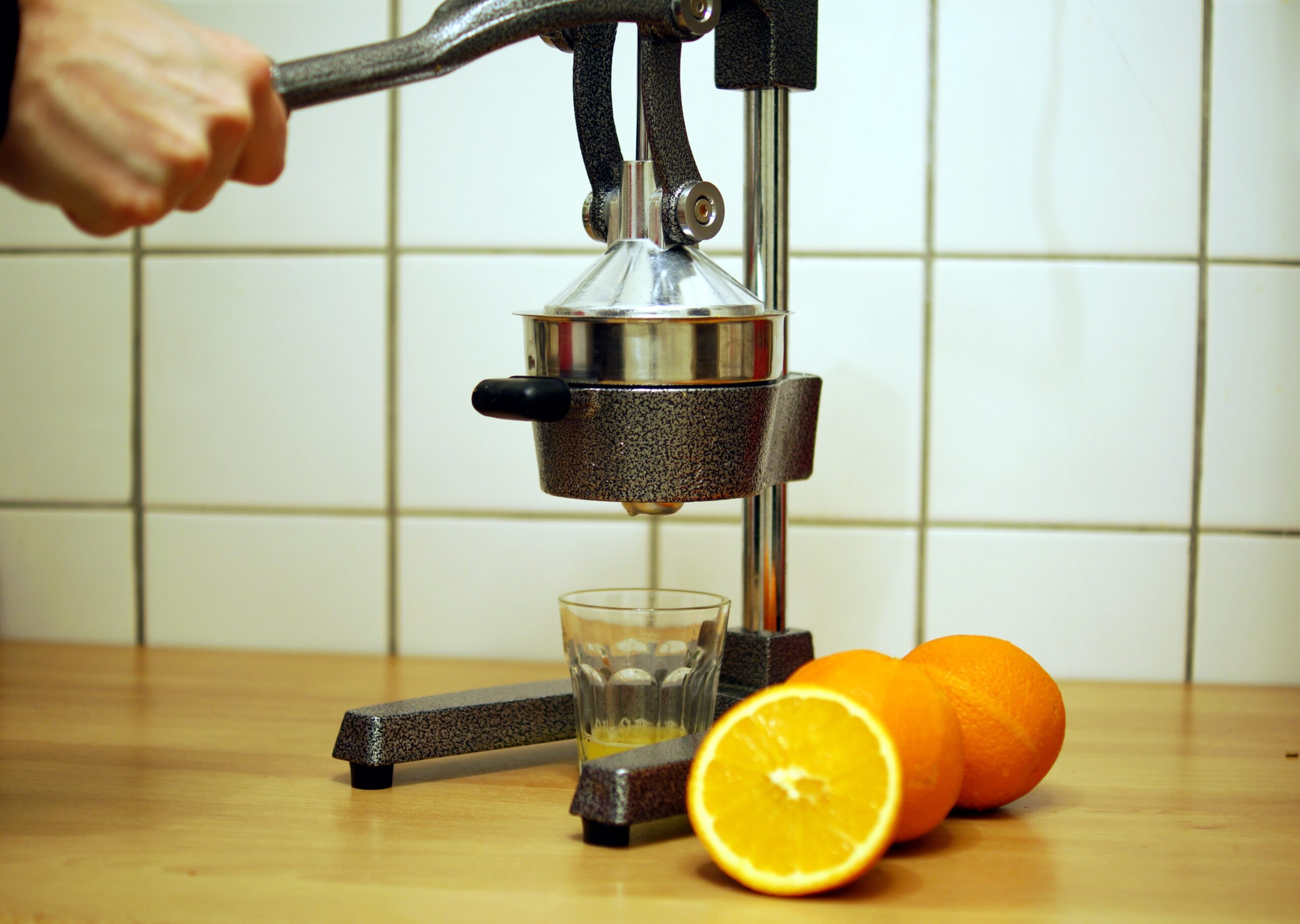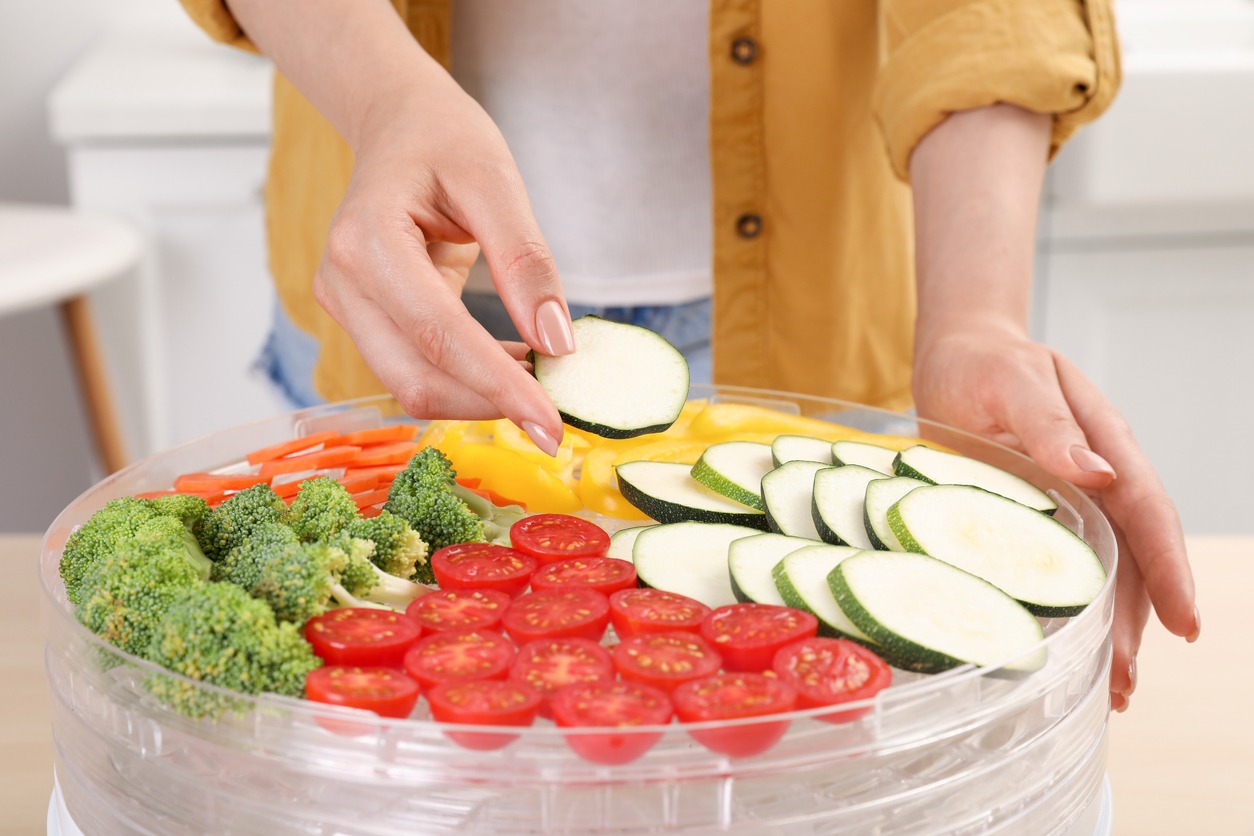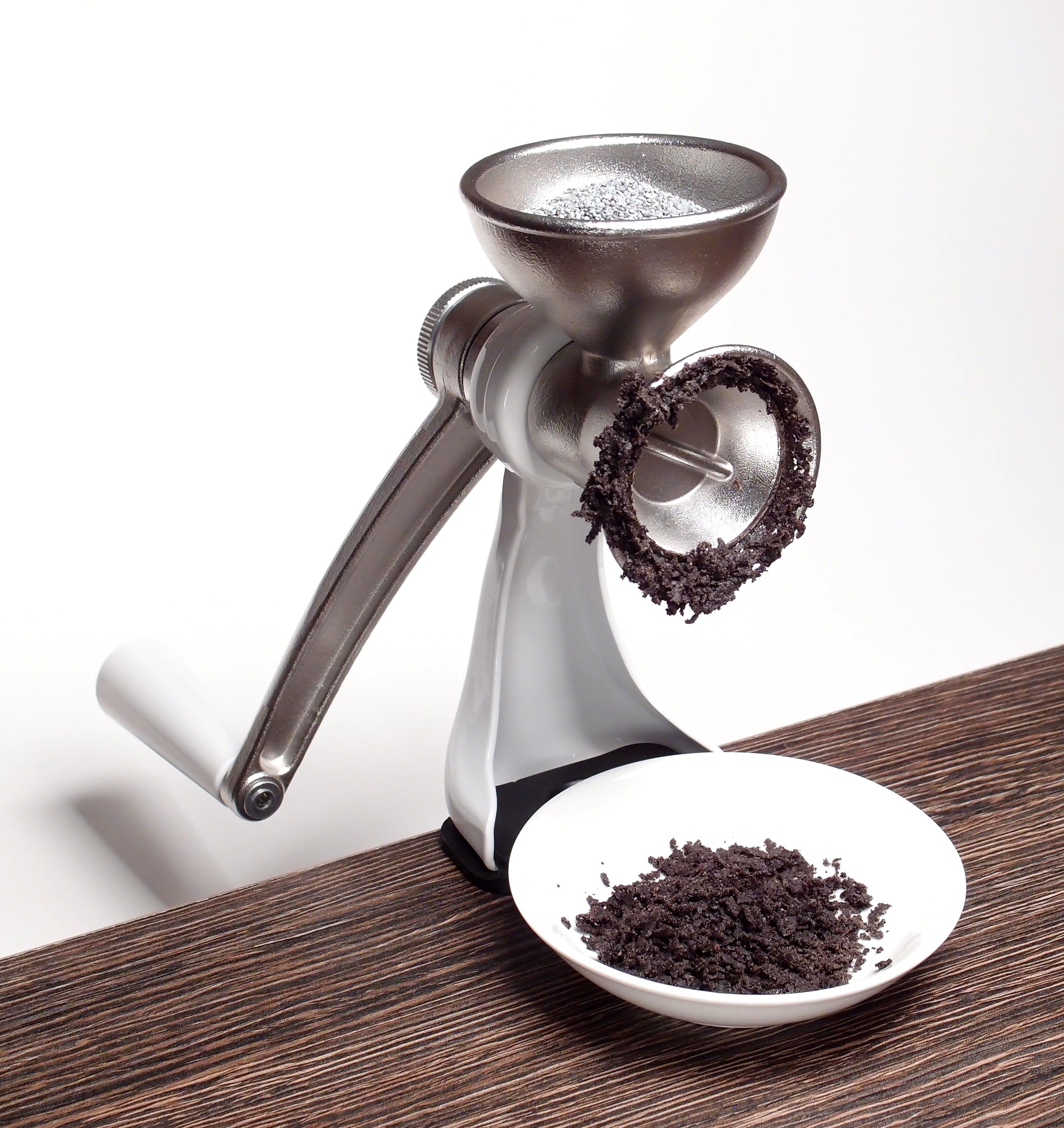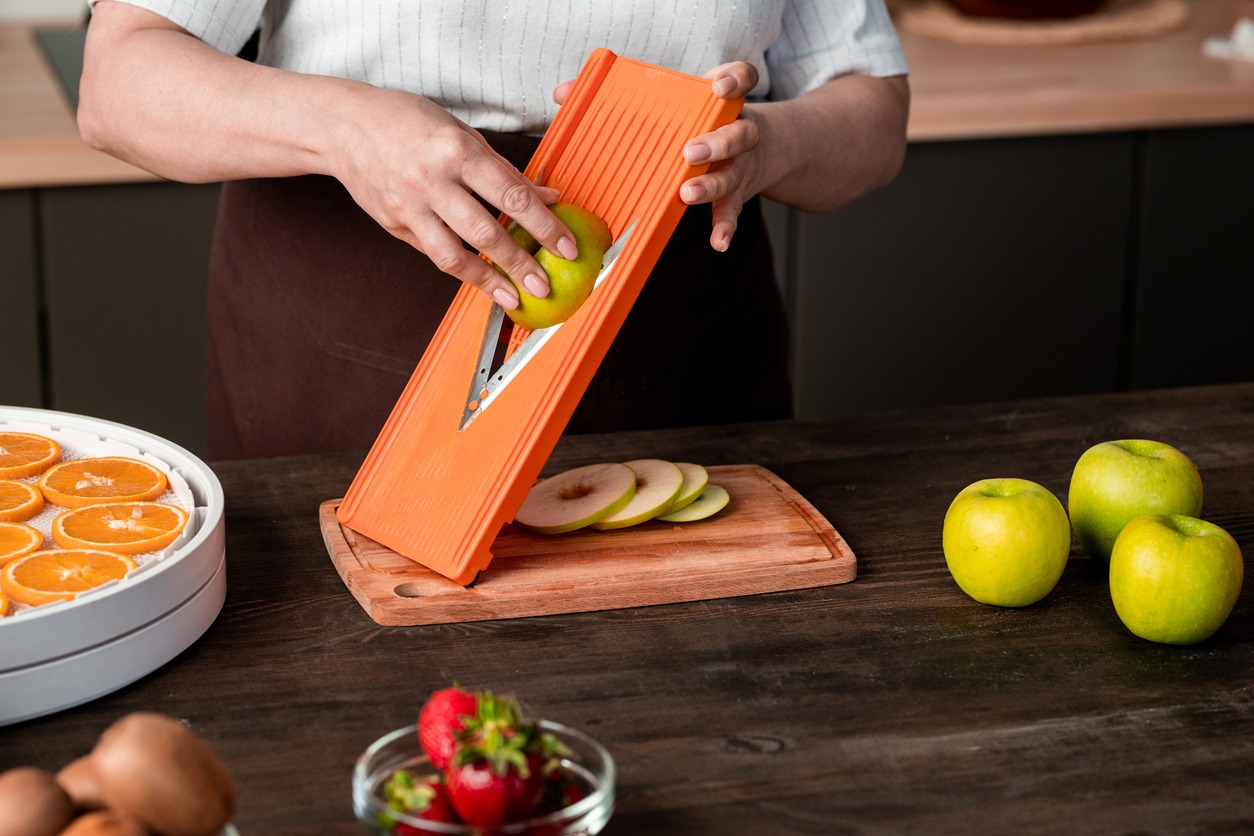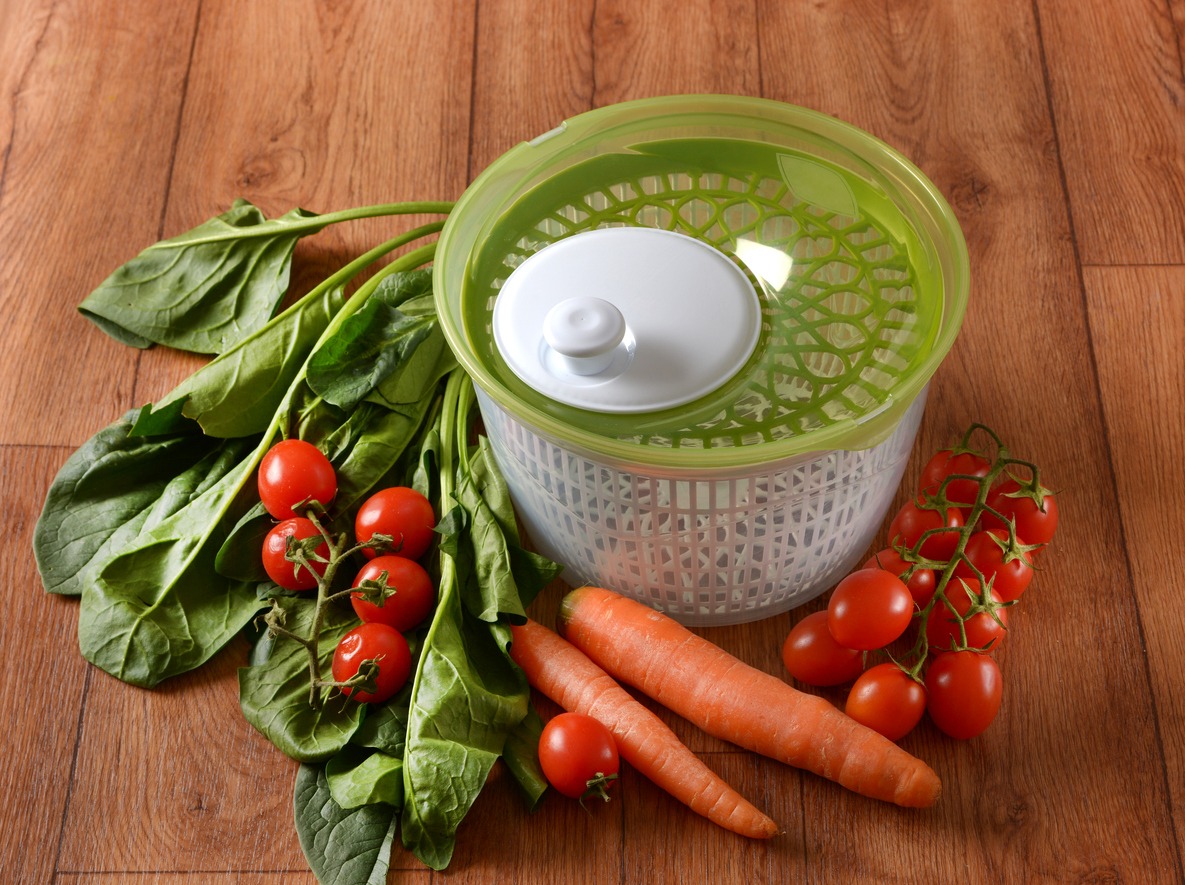Whether you’re a vegan, vegetarian or omnivore, adding more raw foods in your daily diet is a natural way to improve your health. And if you’re interested in following a raw food diet, get ready to work in your kitchen. Going raw doesn’t mean you don’t have to use the kitchen at all – of course you will still want and need to do some food preparation. If you want to make some tasty and delicious raw foods that will make you excited for meal time, then you will need some specialized equipment. These modern conveniences will greatly be of help to you as you implement a new, healthier lifestyle.Here are some of the basic equipment and tools you need for preparing raw food:
1. Knife set and peelers
The most used tool in a raw food kitchen is a knife set. As you eat more raw foods, you will be chopping and slicing a lot to remove non-edible parts of your fruits, veggies and nuts. You have to invest in a great knife that you can afford, but you probably don’t need a lot of heavy-duty knives because you’ll mostly be dealing with veggies and fruits, not meat. At a minimum, you will need a paring knife and an all-purpose chef’s knife. If you need other knives, then it’s up to you. A peeler can also provide you great convenience if you prefer removing the peel from your produce like cucumber, apples, sweet potatoes and more. But ultimately, a knife already works for that purpose.
2. Cutting boards
The partner of knives in food preparation is the cutting board. Cutting boards are either made of wood, plastic, acrylic or rubber – but what’s best for you depends on your needs and personal preference. But when you’re comparing wood boards to plastic boards, it’s better to stick with a nice solid wooden block because they are less likely to harbor much bacteria. When you gouge plastic cutting boards, the indentations can become a breeding ground for bacteria. It will be nice to purchase cheap plastic cutting boards if you are willing to throw them away if they are too gouged.
3. Juicer
Green juices and fresh fruit juices are one of the best things you can drink to improve your health. If you want to incorporate it in your daily regimen, it’s very helpful to have an electronic juicer ready to use in your counter. Also, juicers don’t just produce healthy juice – it also creates some essential ingredients for many raw food recipes like sauces and soups.
Juicers have three main different types: centrifugal (fast juicing), masticating (slow juicing) and triturating (uses twin gears). You can learn more about it here. [Insert link for “Types of Juicers”] Also, some masticating juicers have removable parts that allow the juicer to also grind nuts, make nut butters, make baby food, make pasta and other food processing. Common juicer brands include Breville, Omega, Kuvings, Hurom, Champion and Green Star.
A juicer separates the fiber from the rest of the fruit or vegetables and leaves only the juice. The remaining fiber and the pulp (depending on the juicer model) are discarded. This means you can drink a juice that is easily digestible because the fiber has been removed, and it packs more vitamins and nutrients.
4. Blender
A blender differs from the juicer because it processes the whole fruit or vegetable, including the fiber. It creates a thicker and denser drink, which is called a smoothie or a shake. It keeps the fiber intact, so it can help in your digestion. A blender has a powerful motor that makes it successful in breaking up frozen ingredients. Blend ice with your fruits and you can get easy, yummy shakes.
It’s not just handy for making smoothies and shakes; it can also make cold soups and sauces with little bits of fruits and veggies, as well as salsas. But most blenders don’t have the horsepower to muster through leafy greens, dense foods, and whole nuts and seeds. If you want to blend these for a shake or smoothie, go for a high-performance model or go for a masticating juicer. Common blender brands include Vitamix, Blendtec, Black and Decker and NutriBullet.
5. Food processor
A food processor is a versatile kitchen appliance that is so handy especially for vegetarian households. It can easily chop, knead, slice, grate, shred or blend your produce. It’s great to have for your home to minimize preparation time while giving you some thinly sliced beets or cucumbers and perfectly julienned carrots for salads. It is also handy for making your own sauerkraut, miso or tempeh.
This type of food appliance comes in various sizes and are usually measured by the cup, ranging from 4 to 20 cups. It’s preferable to choose food processors with metal blade attachments compared to those with plastic blades, because they are not as sharp and they tend to wear out as you use them a lot. Common brands that create reliable food processors include Cuisinart, Breville, Kitchen Aid, Black and Decker, and Hamilton Beach.
6. Dehydrator
A dehydrator is not a need, but if you really want to increase your raw food intake, then it’s a very useful tool to have. It can make dried fruits, raw cakes, raw flax crackers, raw breads, raw pizza, plant-based chips, granola, burgers and desserts. It dehydrates food at temperatures below 120 degrees Fahrenheit, thus removing only the water content but not the nutritional value. This offers an improved yet still raw option over baked, highly heated, fried or microwaved version of the mentioned foods. This also helps preserve your ingredients and thicken your raw food recipes.
When it comes to dehydrators, Excalibur is the popular brand especially for raw food chefs, but they also have decent competitors like TSM and Tribest.
7. Nut and seed grinder
If you have a masticating juicer or a blender, you can use it for grinding nuts. But if you want to have a specialized tool for grinding because you want your other appliances to focus on their main jobs, you can get a nut and seed grinder. This tool will be helpful if you want to increase your intake of nuts and you want to add them more to your recipes or even create homemade peanut butter. It can also be used to grind coffee beans and spices.
8. Mandoline slicer
Even if you have a food processor that can slice a lot of things, you may still want to consider a mandoline slicer. They fill the niche between the basic knife and a motorized machine that are used to slice things. Mandoline slicers have different styles, and depending on the blade design, these things can slice thin cuts of radishes and cucumbers, create spring-like pasta substitutes, sliver apples or pears, make veggie chips, create paper-thin slices of fruits, and grate cheese and veggies.
9. Salad spinner
Going on a raw food diet most likely means eating more fresh vegetable salads. If you’re a salad enthusiast, you already know that moisture is the main enemy of fresh salads, as it ruins the lettuce and leafy greens fast. Cleansing these veggies in the kitchen sink can be a time-consuming task if you really want to ensure that they are free from dirt. Then, you have to pat the greens dry with a dishtowel or a paper towel so they won’t spoil fast. If you’re tired of doing this all the time every time you have to make a salad, then invest in a salad spinner.
A salad spinner can easily wash and remove excess water from salad greens because it uses centrifugal force to shake off water from the leaves. This way, you can make large batches of salads and keep them fresh for longer.
10. Mortar and pestle
Not many chefs recommend using mortar and pestle, because let’s face it – they are time consuming to use and very traditional. You can just use your blender, grinder or food processor for what it can do. However, if you don’t want to invest in the mentioned products, or you don’t want to crush things on them, or if you simply need to crush small batches of herbs and spices – then a mortar and pestle can be useful for you.
These things may not be popular in the US anymore, but they are still widely used around the world. Mortar and pestles can be made of wood, glass, ceramic, marble, Japanese earthenware, basalt or granite. Granite is popular mortar and pestle material in Thailand because its irregular texture makes it reliable. Basalt is used predominantly in Mexican cooking, and it can be rough or smooth depending on salt content. Ceramic is a popular choice in Spain, Italy and other countries in Europe for making pestos, guacamole and other foods and spices. Meanwhile in Japan, they call their mortar and pestle the suribachi (which is made of their local earthenware), and they use it for grinding food like spices, meat, tofu, pesto and other herb-based pastas.

